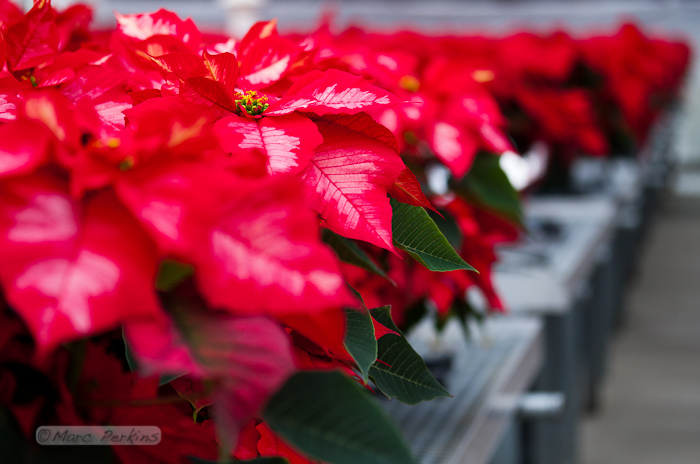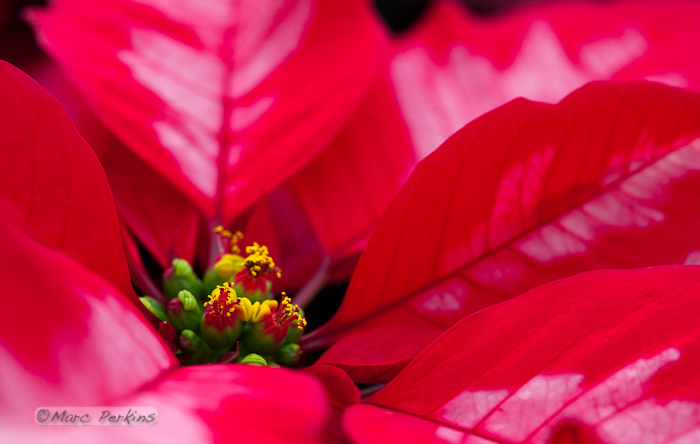This afternoon I went for an end-of-the-year sunset bicycle ride along the Santa Ana River Trail and Huntington State Beach. I was mildly hoping for a last gorgeous sunset over the water, but dense fog rolled in well before sunset. The fog made it even more fun, though, as what few people there were largely headed home, leaving the beach to myself and a few other dedicated folks to enjoy a solitary and atmospheric end of the last day of the year.

Huntington Beach is lined with hundreds of giant concrete fire pits, which on summer evenings are often surrounded by people having beach parties. It was a cold day today (in the mid 60’s!), so there were only a brave few out to enjoy New Year’s Eve with a beach fire:

While black and white suits the feel of the evening well, the fire made me have to process at least one in color; the warmth of the fire just draws your eye in (as it drew me in while I was there – it looked so wonderfully warm):

Before I headed home on a beautiful foggy dusk bike ride, I couldn’t help but take a picture of this amazing nesting set of fire pits:

And, to show how foggy it was, here’s a picture of the Pacific Coast Highway bridge that crosses the Santa Ana “River” at the southern end of the beach:

Happy New Year!
Getting There
Huntington State Beach: The beach is a state park, and runs for miles along the coast of southern Huntington Beach. It is accessible from multiple points along Pacific Coast Highway (Highway 1) anywhere between Beach Blvd. to the north and Brookhurst St. to the south. There’s plenty of parking for cars right on the beach (unless you’re going on July 4th or at another peak time), though parking requires paying an entry fee to the park. I love visiting the beach in the winter, as the giant beach is largely empty, leading to a great feeling of solitude (especially when it’s foggy!). There’s a paved trail that runs the length of the beach, which is frequently used for bicycling, jogging, or roller blading.


















